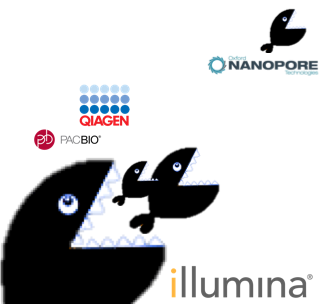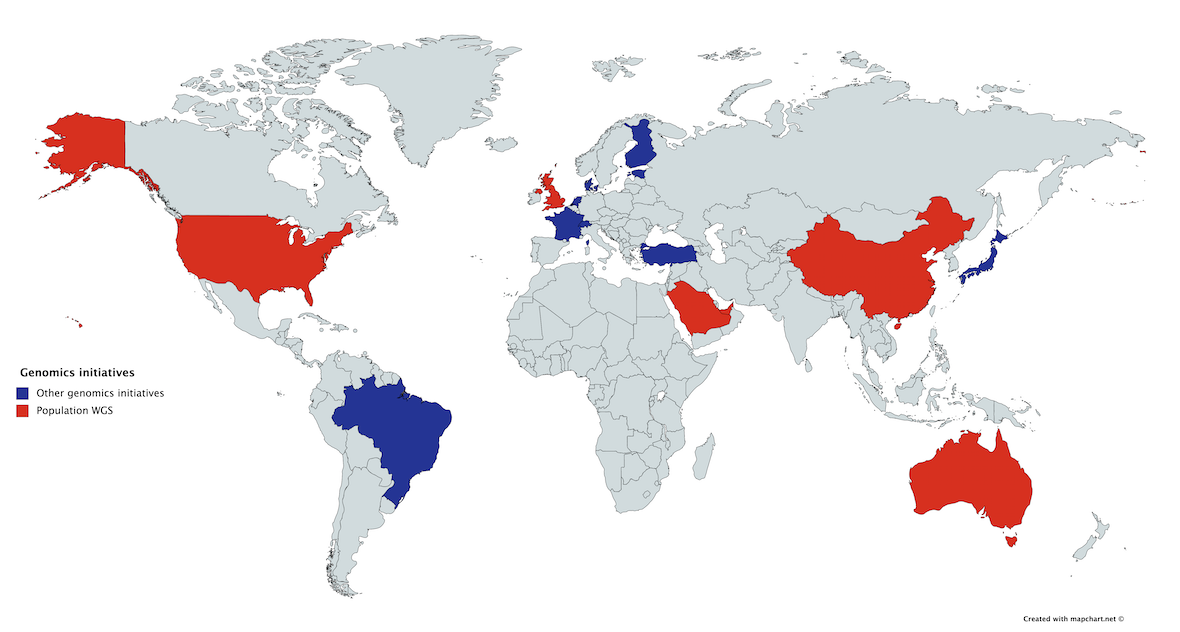Beth Shapiro:
Beth Shapiro (@bonesandbugs) talked about “the rise and fall of passenger pigeons”, which went extinct in 1914, prior to this rapid decline there were lots of them, described as “an infite number of them” in 1534, but “massive flocks” were efficiently trapped/shot and the species rapidly declined to zero.
Beth posed the question “How did that happen?” seems to be the same answer for other recent extinctions or near-misses – massive over hunting by us.
Passenger pigeon genomics turns out to be difficult, it is being done on passenger pigeon remains in museums, but very intersting. Due to the DNA fragmentation de novo genome assembly is not possible so they are using the band-tailed pigeon genome as a reference. This was sequenced with Dovetail Genomics, generating an N50 of 20Mb using Chicago library, see the recent paper Chromosome-scale shotgun assembly using an in vitro method for long-range linkage, from Beth’s husband.
They saw almost no mitochondrial diversity in individuals, but the nuclear genomes of passenger pigeon have more diversity than almost any other species at 1 in 100bp! Why does passenger pigeon have such high nuclear genome diversity? Analysis of the distribution of diversity was anything but normal, Beth reported a bimodal distribution with most bins having no/little diversity, and a few with very high diversity and these bins were all at the ends of the chromosmes. Weird stuff going on in passenger pigeon genome.
Stepha Schuster:
Stephan Schuster, Nanyang Technological University “Why ethnicity matters for precision medicineâ€. Talking about migration of people across three timeframes, the Pleistocene, historical times and more recently. Showed the consensus on African migration over the last 50,000 years. Pointed us to worldpopulationhistory.org some very cool interactive tools to visiaulise human population. The UK does not appear on the map till 1000AD!









Leave A Comment